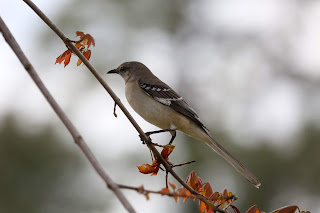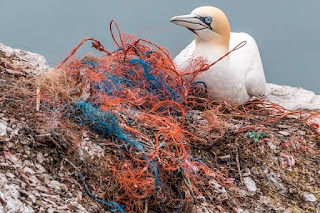Explore the Beautiful St. Johns River

The St. Johns River at Sunset Photo by Donna Kaluzniak Every time I cross over the St. Johns River and see the sun glinting off the water's surface, I'm still amazed at the power and beauty of the river. I wanted to highlight the St. Johns and show it some much deserved appreciation in my blog. Florida's St. Johns River meanders lazily for 310 miles from Blue Cypress Lake in Indian River County to the Atlantic Ocean at Jacksonville. Designated an American Heritage River , it is one of the few rivers in the world that flows north. Three basins comprise the river: The upper (south) basin is one of open marshes, connected shallow lakes, reservoirs and canals. A string of major connected lakes - including Lakes Harney, Jesup, and Monroe form the middle basin. And the lower range of the St. Johns River, partially fed by numerous springs, hosts Florida's 2nd largest lake - Lake George. With the added flows from its tributaries and springs, the river flows faster through the m








